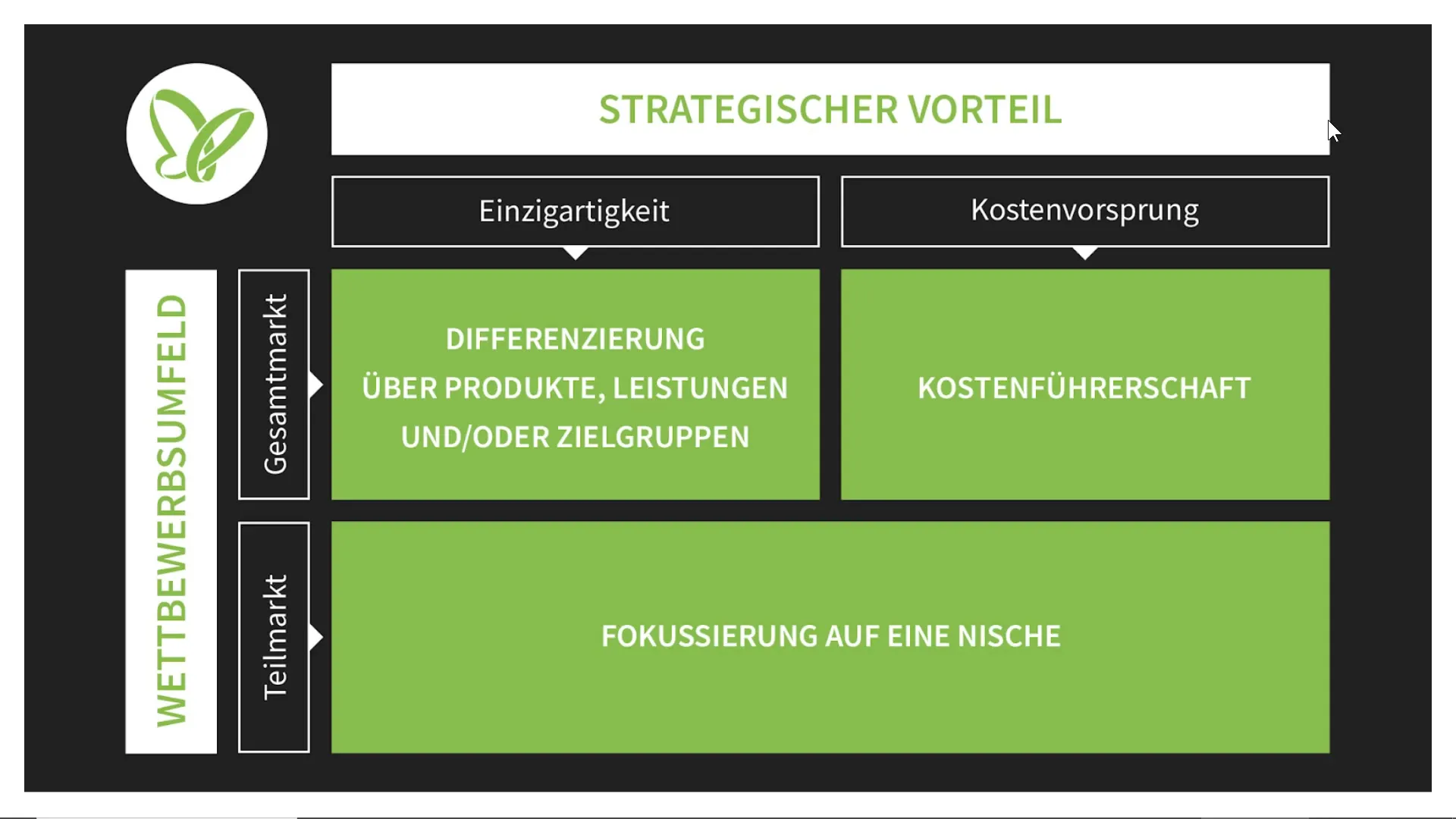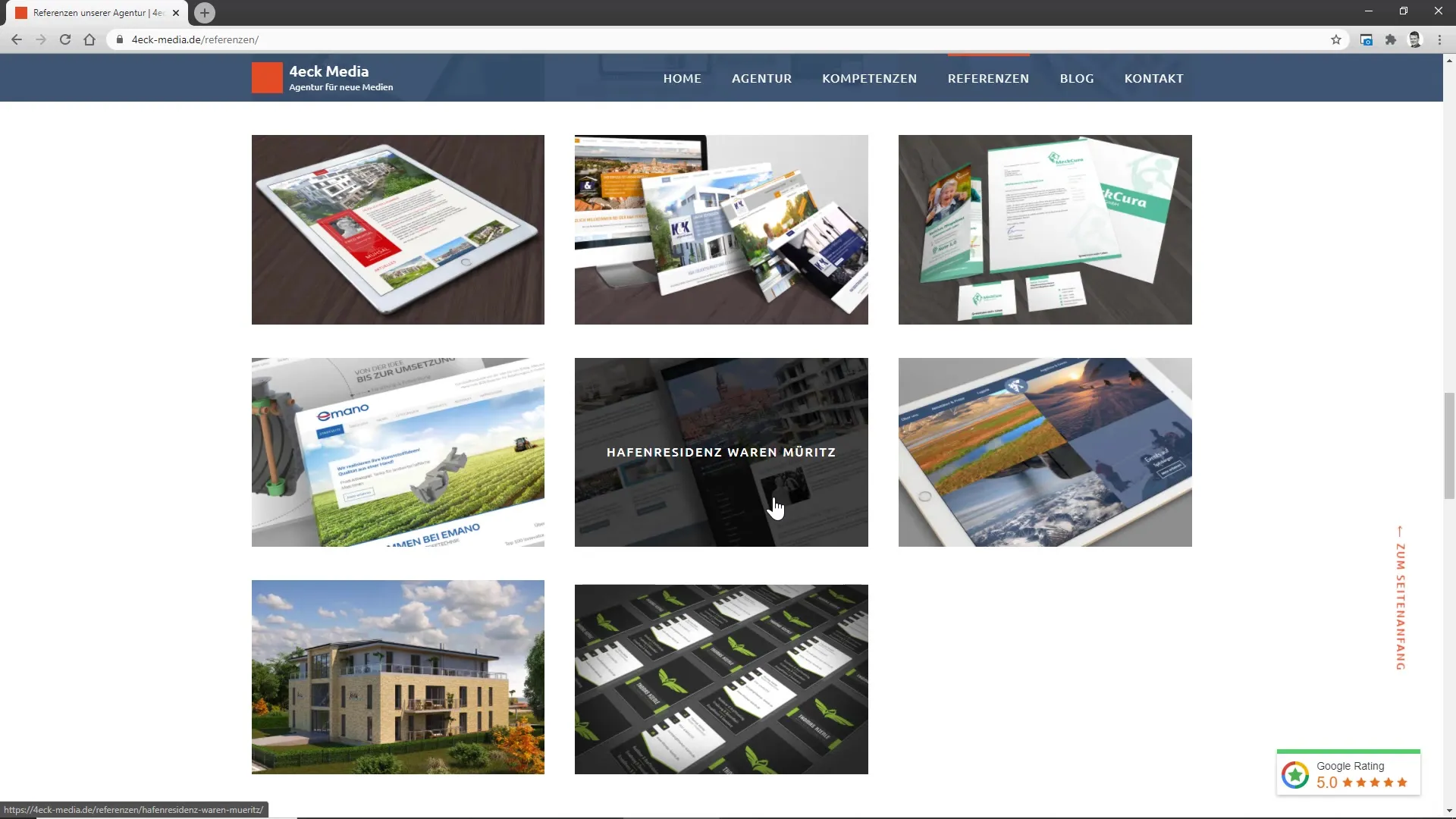Positioning based on lower prices can be a tempting strategy for companies to differentiate themselves in a highly competitive market. However, this strategy poses both opportunities and risks. In this guide, you will learn how to achieve cost leadership, the advantages it brings, and what you need to consider to remain successful in the long run.
Key Insights Cost leadership means that your products or services are cheaper than those of competitors. This is achieved through high efficiency and strict cost control. However, there are also drawbacks such as high investment costs and challenges in adjusting prices.
Strategies for Implementing Cost Leadership
Step 1: Cost Analysis and Optimization
To be able to act as a cost leader, you must first analyze your production costs in detail. Identify all cost factors that could influence your price. Optimize production through lean processes to increase your efficiency.

Step 2: Invest in Technology
Investing in modern and energy-efficient production facilities is crucial. The more automated and efficient your processes are, the lower your production costs. This can help you achieve a significant price advantage.
Step 3: Expand Production Volumes
Rely on large production volumes to leverage economies of scale. By producing larger quantities, the fixed costs per unit decrease, giving you a competitive advantage.
Step 4: Offer Digital Products and Services
Digital offerings, such as software or subscription services, often provide a cost-effective way to realize economies of scale. Consider expanding your business in this area to enhance the price advantage over competitors.
Step 5: Keep Cost Control in Mind
Ensure that you consistently monitor your operations. Strict cost control is essential to be able to adjust your prices to the actual market level.
Step 6: Be Cautious with Discounts
Avoid enticing customers with discounts. Customers who focus only on price are often less loyal. While a discount may bring quick gains, it can lead to a pricing issue in the long term.
Step 7: Develop a Sustainable Customer Relationship
Work on building a solid customer base. Secure regular orders, even if they are initially only covering costs. Gradually qualify your customers for higher price segments to be profitable in the long run.

Step 8: Keep an Eye on the Market
Ensure that there are always competitors who may offer lower prices. Especially in the online sector, it is important to constantly monitor the competition and reconsider your pricing policy if needed.
Summary
Positioning through cost leadership can help your company succeed in competition. It is crucial to analyze costs systematically, invest in modern technologies, and ensure sustainable customer care.
Frequently Asked Questions
Which companies are examples of cost leadership?Examples include McFit, Amazon, the Wish App, and Aldi.
What are the risks of cost leadership?Risks include high investment costs and challenges in getting customers accustomed to higher prices.
How can I achieve more efficient production costs?Through automation and a high level of efficiency in production processes.
When should I introduce discounts?Discounts should be applied cautiously, as they can focus customers on price rather than quality.
How do I keep costs under control?By continuously monitoring process costs and making regular adjustments.


